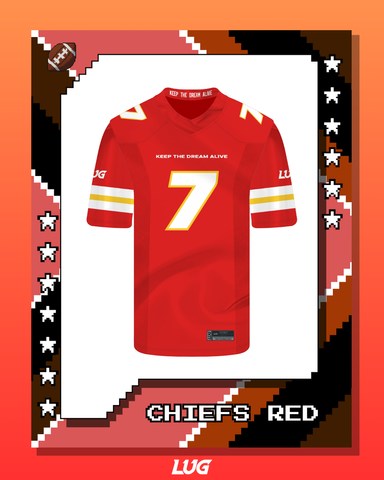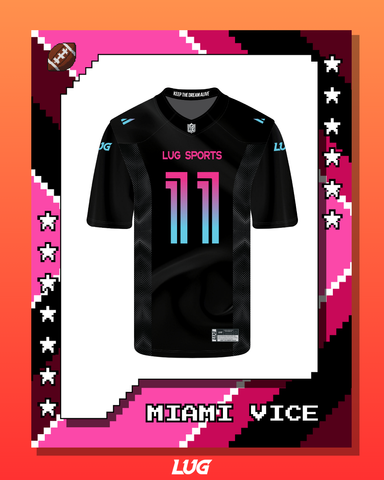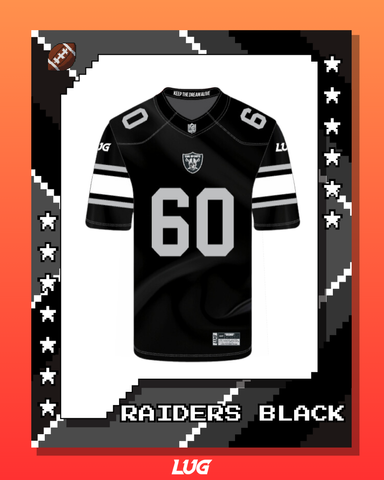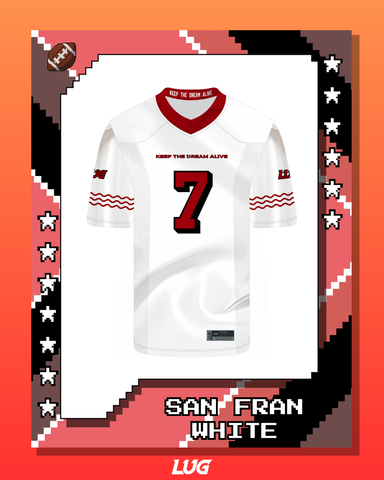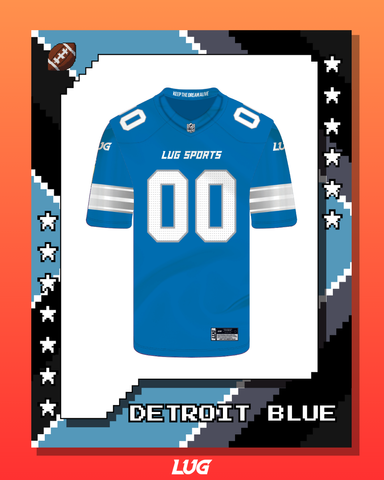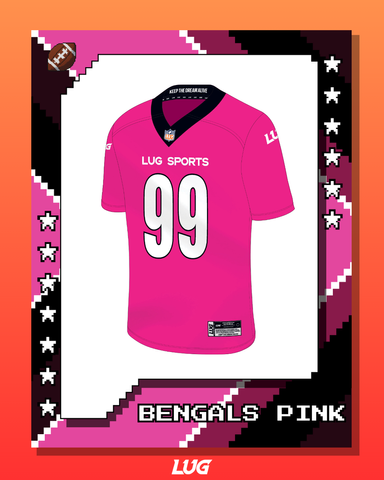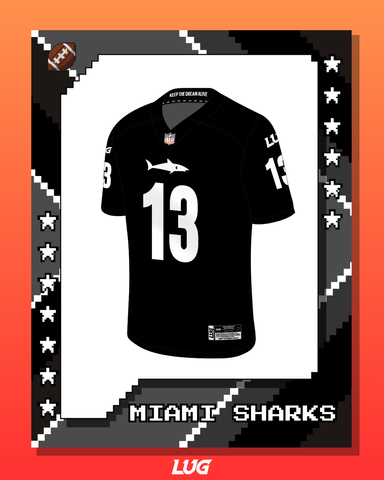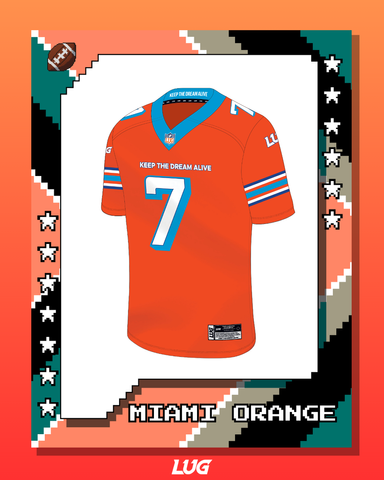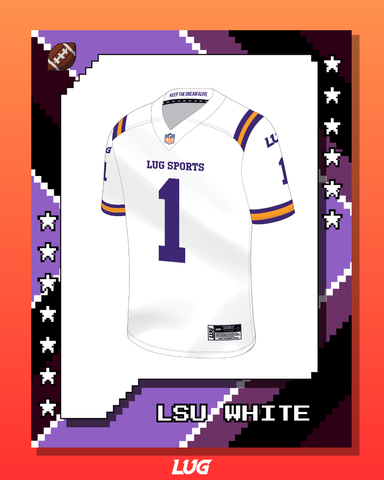Rules - Pickleball
GAME SET UP
| GAMES | Games are 55 minutes in length. Games are played to (15) points. Teams must win by 2. There is a Hard Cap at 21. Teams play best of 3 sets. It is best of 3 but teams should play all 3 sets. If game time runs out during any set, the team leading at the time the game is called is the winner. **In the event of a tie after the first 2 Games. Game 3 will be played as a tiebreaker to 15 points and must be won by 2+. |
| PLAYERS | Teams are comprised of two (2) players on the court at a time. No gender minimums required. Teams cannot substitute players during a set. Substitutions can only be made after the conclusion of a set. |
| EQUIPMENT | All players are required to provide their own paddles and balls. LUG will have extra paddles and balls onsite as extras but will not be providing for all players. |
| OFFICIALS & REPORTING | All games are self officiated. All teams must report their scores (for all 3 sets) to the LUG Game Day Staff Member at the conclusion of the sets. |
| GAME FORFEITS & DEFAULTS | We take forfeits very seriously at LUG. Registration is a commitment and we expect teams to play all of their scheduled games and be respectful of their opponent's commitment and expectations. Failure to attend a scheduled game deprives other teams a portion of their season and is frustrating to everyone who traveled and took time from their personal schedules to be there. Refer to the Forfeits & Defaults policy for further information and applicable sanctions. |
PLAYING THE GAME - PICKLEBALL RULES
| SERVING | To start the game, teams can either rally for serve or play rock-paper-scissors The serving team only gets one serve their first time (to help prevent blow-outs). This rule only applies for the first serve of the game for opening serving team. Serving must be underhand Serves can be off of the volley or off of the bounce. Paddle contact with the ball must be below the server’s waist. You must start the serve behind the baseline and neither foot can contact the baseline or court until after you hit the ball The serve must be diagonal crosscourt and must land in the opposite diagonal court. Receivers may move up to the net only once they’ve returned the serve. You only get one serve attempt unless you hit the ball into the net and it lands on the other side in the proper service court (known as a “let”) The server only receives one fault before losing serve. This does not include “lets” (when the ball hits the net and lands properly beyond the no-volley zone.) If a serving team wins a point, the same server serves, but switches sides from the side the served from the previous point. |
| SERVING SEQUENCE | Both players on each team of a doubles game get to serve until they commit a fault. The exception is the first service of each game, where only one player from the initial serving team gets to serve before service passes to the other team. Every time service changes sides, the first serve is from the right hand court Every time you score, you switch sides of the court for your next serve In doubles play, when the first server loses the serve, the partner moves to serve from the same side of the court their partner had last served from. In singles play, the server serves from the right side of the court when their score is even and from the left side when their score is odd |
| SCORING | Points are only scored by the serving team Games are played to 15 and you must win by 2 Points are awarded when the receiving team faults by either hitting the net, hitting the ball out or allowing the ball to bounce more than once. |
| DOUBLE BOUNCE | When the ball is served, the receiving team must let it bounce before returning it, and the serving team must let it bounce before returning as well. After the initial two returns, no bounces are mandatory. You may then hit the ball with a ground stroke where the balls bounces first or with a volley where no bounce occurs. |
| VOLLEYS | Volleying isn’t allowed within the non-volley zone, an area of the court within 7 feet of the net on both sides, marked with a line on pickleball courts. It is also known as the “kitchen”. Volleying isn’t allowed within the non-volley zone, preventing smashes from the net. It is a fault to step in the non-volley zone or even on the line when volleying. It is a fault when your momentum carries you into the kitchen or causes you to touch the line after a volley. You may be in the non-volley zone at any other time as long as you’re not volleying the ball. |
| LINE CALLS | Balls contacting any line, except the non-volley zone line on a serve, are considered in. Serves contacting the non-volley zone line are short and cause a fault. |
| FAULTS | A fault occurs when: A serve does not land within the receiving court The ball is hit into the net on the serve or any return The ball is volleyed before a bounce has occurred on each side The ball is hit out of bounds The ball is volleyed from the non-volley zone The ball bounces twice before being struck by the receiver The player, player’s clothing, or any part of a player’s paddle touches the net or the net post when the ball is in play There is a violation of a service rule A ball in play strikes a player or anything the player is wearing or carrying A ball in play strikes any permanent object before bouncing on the court |
standings AND DIVISIONS
| DIVISIONAL STRUCTURE | LUG may break divisions into upper and lower skill levels based on team performance and requests. |
| STANDINGS | Win = 2 points Tie = 1 point Loss = 0 points |
| TIE BREAKERS | 1. Points 2. Win % 3. Head to Head 4. Point Differential 5. Wins 6. Coin Flip In the event more than two teams are tied, the above process is followed until one or more teams are removed and the process begins again with the remaining teams. This is followed until only one team is remaining. |
| PAYMENT POLICY | LUG holds the right to take disciplinary action on teams that have not fulfilled the full balance of team fees 2 weeks after the first game is played. LUG Teams are expected to pay the full amount designated to each league regardless of rostered players. |
CODE OF CONDUCT
| EXPECTATION AT ALL LUG EVENTS (GAME AND NON-GAME RELATED) | Outside of game play, all players are expected to live up to a standard Code of Conduct. The LUG Code of Conduct includes some basic rules for participating in the league and being present at games and LUG events. These common sense rules are extremely important and any violation or failure to follow these rules will result in player or team suspension and/or expulsion from LUG sports. |
| FACILITY BEHAVIOR | All players/coaches/fans/LUG affiliates are expected to respect all facility rules.
|




